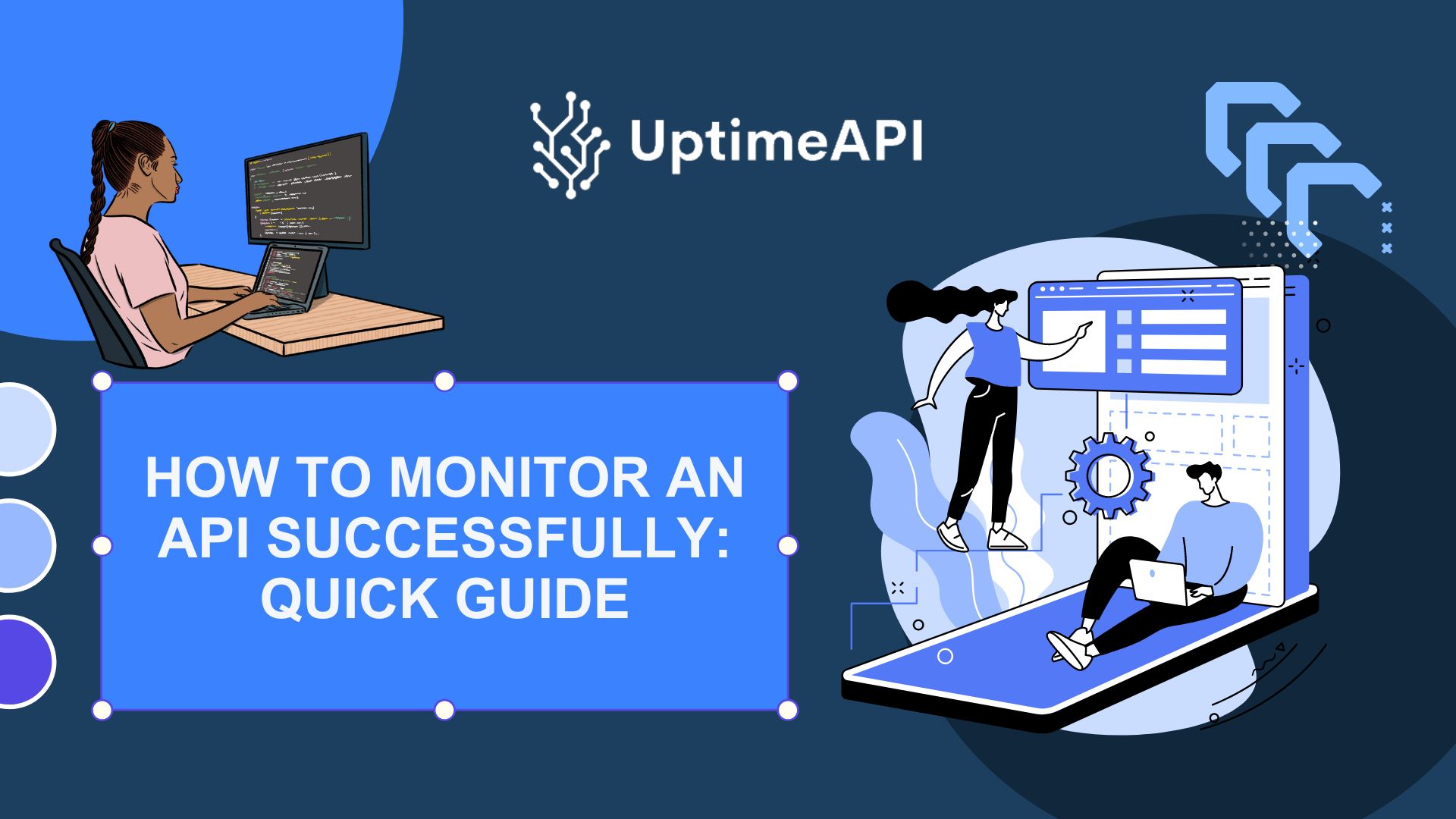How To Monitor An API Successfully: Quick Guide

In today's digital age, APIs, or application programming interfaces, are crucial to the seamless exchange of data and communication between various software systems. You must recognize the importance of knowing how to monitor an API in order to preserve the security, reliability, and performance of these essential components.
Understanding The Importance of Learning How To Monitor An API
Application programming interfaces (APIs) are used in the development of modern software applications because they enable developers to leverage pre-existing functionality and successfully integrate several systems. APIs make it easier to create innovative solutions and make data transfer between mobile apps and cloud services easier. However, if APIs are utilized irresponsibly, businesses could be exposed to dangerous risks. Unmonitored APIs are vulnerable to failures, hacks, and performance issues that can cause disgruntled customers, financial losses, and damage to a brand's reputation.
Key Components of Effective API Monitoring
An all-encompassing strategy that incorporates security, compliance checks, error detection and logging, and real-time performance monitoring is necessary for successful API monitoring. API performance has a direct impact on user experience and business consequences. By keeping an eye on latency and response times, businesses may spot bottlenecks and improve API performance to make their systems more responsive.
API error monitoring is essential to swiftly identify and resolve issues. Strong error handling protocols and systematic defect tracking help organizations minimize downtime and increase system reliability. API security and compliance are critical for safeguarding sensitive data and meeting legal obligations. Encrypting data, conducting regular security audits, and putting authentication and permission processes in place are all essential for ensuring API integrity.
Uptime API

You can keep an eye on your APIs with the Uptime API. It functions by progressively verifying that your APIs are operational and functioning as planned. Setting up monitoring is simple. Before you can set up monitors, you must be able to modify the watch's timeouts and intervals and know the URL of the target API endpoint to be inspected. You are able to monitor changes in API uptime and performance over time because the API offers historical data and analytics. Make your logs available so you can investigate any API problems.
The Uptime API features monitoring intervals that control how frequently it checks the functionality of your API and timeouts that control how long it will wait for a response. These features allow you to customize the monitoring to your requirements and tastes. Furthermore, you may choose which contacts receive dashboard notifications and alert alarms. After then, you may use this to let your team know. Select from an array of adjustable options featuring different monitor capacities to obtain the monitoring package that most closely matches your needs.
US dollars are used to display all prices. We take all major debit and credit cards. The payment system that uses the newest security technology is powered by Stripe, one of the most respected companies in the payments sector. Furthermore, you can utilize the API for thirty days without upgrading to a more expensive subscription.
